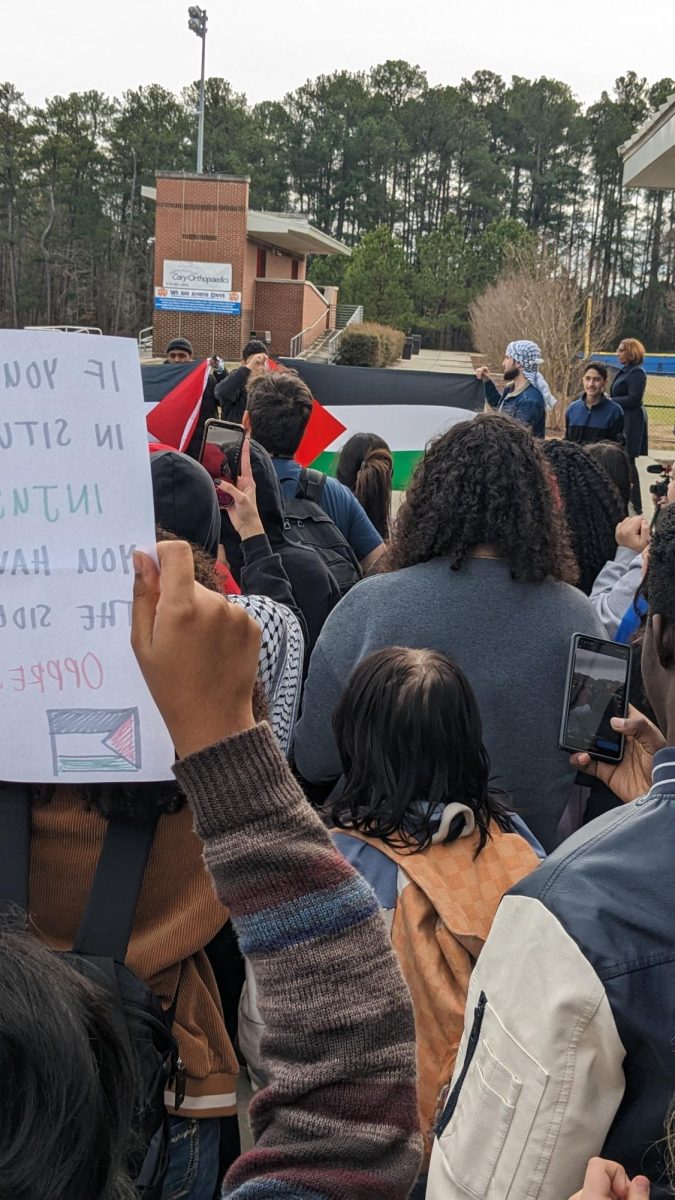Brazil has been ravaged with forest fires in 2019. The Amazon rainforest, the largest rainforest in the world, is taking center stage as the main topic of discussion. The Amazon spans eight countries and covers 40 percent of South America, an area that is nearly two-thirds the size of the U.S. according to the World Wildlife Fund (WWF). The fires have gone from being rather quiet affairs with minimal media attention to being reported on to the scale of an international crisis.
The Amazon rainforest has endured a record number of wildfires in 2019. And according to The National Institute of Space Research (INPE) more than 73,000 fires have been recorded in the country and more than half in the Amazon region. More than 9,500 new forest fires have occurred in Brazil since August 15 alone. Evidence of the fires comes by way of a map created by the European Union’s satellite program, Copernicus. This shows smoke from the fires spreading all along Brazil to the east Atlantic coast of Northerly Roraima, down through Amazonas. Acre, Rondonia and Mato Grosso do Sul have all been badly affected. Smoke has covered nearly half of the country and has begun to spill into neighboring Peru, Bolivia and Paraguay. São Paulo, more than 1,700 miles away, has inhaled some of the burning forest’s smoke. Images from the city show the dark sky in the middle of the afternoon, the sun partially obscured by ash.
This year’s fires fit with a recurring seasonal agricultural pattern, “It’s the best time to burn because the vegetation is dry. [Farmers] wait for the dry season and they start burning and clearing the areas so that their cattle can graze. And that’s what we’re suspecting is going on down there,” said CNN meteorologist Haley Brink.
This explains why such a lush forest can burn as the Amazon has. These fires kill many of the forest’s giant trees, and when those trees crash to the ground, the forest becomes even more vulnerable to further burning. The amount of virgin trees of the Amazon burned are unknown. They prove to be resistant to fires unless experiencing drought which the Amazon is not currently experiencing because of this fires tend to burn very low and escape detection from satellites.
Many environmental groups point the blame to all of this on Brazilian President Jair Bolsanaro who has opened the Amazon to exploitation of its resources to benefit economically
“Short term economic gain at the cost of the environment isn’t sustainable and environmental problems affect us globally not just locally,” said Kimberly Clay, Athens Drive AP environmental science teacher.
The wildfires signal one of the persistent problems in climate change, a mixture of human and environmental factors perpetuate the negative feed-back loop that is occuring. Deforestation leads to CO2 being released, about 20% of CO2 emissions are caused by the act. This happens because areas like the Amazon are called “carbon sinks’ where they are extremely good at absorbing CO2 from the air. This released CO2 from forest clearing goes into the atmosphere, when CO2 remains in the atmosphere it creates a greenhouse effect by trapping heat from the sun contributing to climate change which in turn makes the seasons more extreme. Due to the heightened extremes of the seasons dry climates in places harboring heat occur more often making it easier for fires to spread.
The misinformation spread around through media platforms have been rife, a good example being the “lungs of the earth” myth which says that 20% of the earth’s oxygen comes from the Amazon. Another misconception is the increasing rate of fires, with the touted 80% rise of fires being true it apply only from 2018-2019 with data from the National Institute for Space Research in Brazil indicating that the rate of fires currently happening is not so different from past years. The crux of the issue ultimately lies within deforestation. Even though the rates of it have declined in recent times they are one of the main contributors to the starting of wildfires, releasing of CO2 and the destruction of habitats which is the route the Brazilian government is looking to take.






